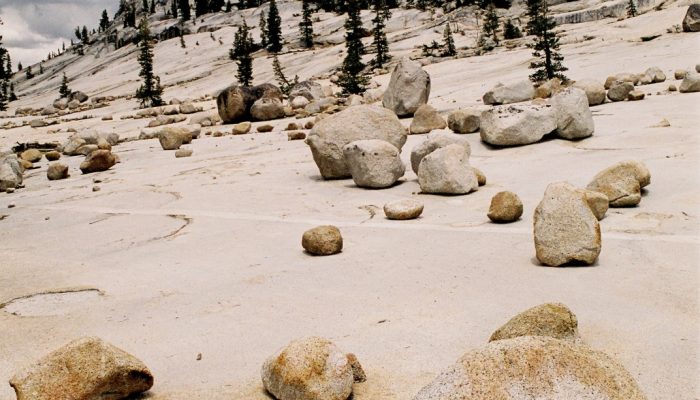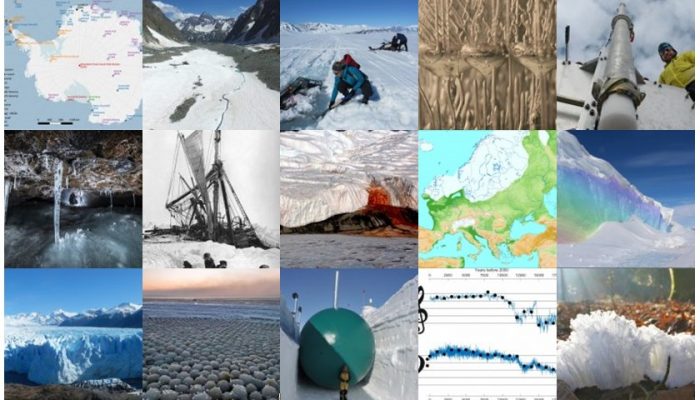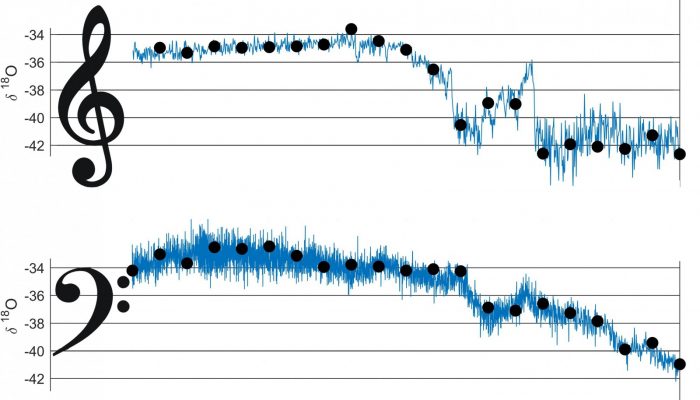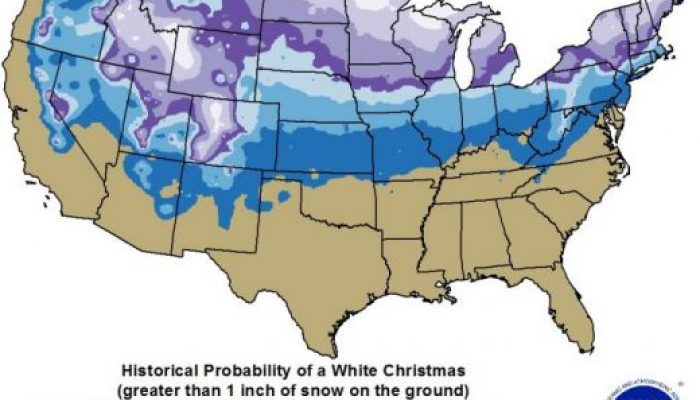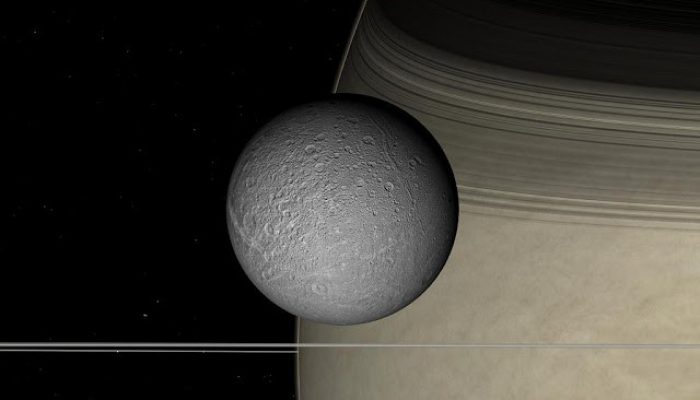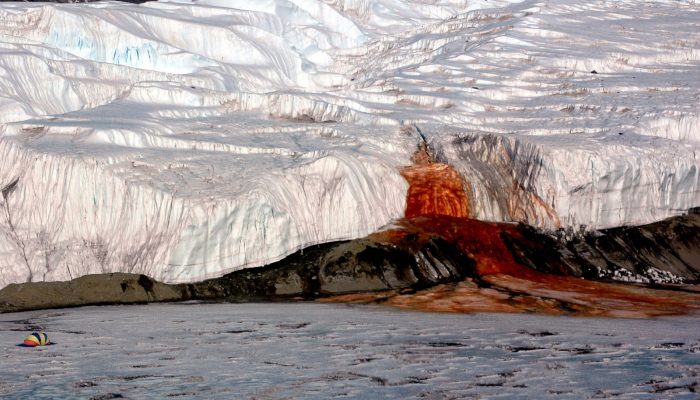“It’s snowing still,” said Eeyore gloomily. “So it is.” “And freezing.” “Is it?” “Yes,” said Eeyore. “However,” he said, brightening up a little, “we haven’t had an earthquake lately.” A.A. Milne, The House at Pooh Corner (1928) The above is a quote from one of two classic Winnie-the-Pooh books by A. A. Milne. Upon ...[Read More]
Cryospheric Sciences
Polar Exploration: Perseverance and Pea Sausages
Born on this Day On this day in 1872 – 145 years ago –Ludvig Mylius-Erichsen, Danish author and polar explorer, was born. He led two expeditions to Greenland and successfully mapped the then unknown northeastern part of the country. The second expedition was his last. The expedition was surprised by an early onset of spring and could no longer use their dog sledges. The two Danes, Mylius-Eri ...[Read More]
Cryospheric Sciences
Image of the Week – It’s all a bit erratic in Yosemite!
When you think of California, with its sun-soaked beaches and Hollywood glamour, glaciers may not be the first thing that spring to mind – even for ice nerds like us. However, Yosemite National Park in California’s Sierra Nevada is famous for its dramatic landscape, which was created by glacial action. With our latest image of the week we show you some of the features that were left behind b ...[Read More]
Cryospheric Sciences
Image of the Week — Looking back at 2016
I cannot believe that a full year has passed since this very cute pink unicorn wished you a Happy New Year. Yet, over the past 12 months our blog has attracted more than 16,200 visits. And the blog analytics show that you, our dear readers, are based not only in Europe but literally all over the world! With 67 new posts published in only 52 weeks, it’s more than likely that you missed a few inte ...[Read More]
Cryospheric Sciences
Image of the Week – The Sound of an Ice Age
New Year’s Eve is just around the corner and the last “image of the week” of 2016 will get you in the mood for a party. If your celebration needs a soundtrack with a suitably geeky touch then look no further. Here is the music for climate enthusiasts: The sound of the past 60,000 years of climate. Scientist Aslak Grinsted (Centre for Ice and Climate, University of Copenhagen, Denmark) has transfor ...[Read More]
Cryospheric Sciences
Image of the Week – Let it snow, let it snow, let it snow…
Christmas is coming to town and in the Northern Hemisphere many of us are still dreaming of a white Christmas, “just like the ones we used to know”. But how likely is it that our dreams will come true? What is the definition of a White Christmas ? Usually Christmas can be defined as a “White Christmas” if the ground is covered by snow on either Christmas Eve or Christmas Day depending on local tra ...[Read More]
Planetary and Solar System Sciences
A water ocean inside Saturn’s moon Dione
Deep inside Saturn’s moon Dione lies a global ocean of liquid water, according to scientists of the Royal Observatory of Belgium. Such discovery places Dione as the third Saturn’s moon, beside Enceladus and Titan, to have a subsurface ocean. Previous models of planet interior, based on gravity and shape data of Cassini, predicted no ocean at all for Dione and a very thick ice crust for ...[Read More]
Cryospheric Sciences
Image of the Week — Allez Halley!
On the Brunt Ice Shelf, Antarctica, a never-observed-before migration has just begun. As the pale summer sun allows the slow ballet of the supply vessels to restart, men and machines alike must make the most of the short clement season. It is time. At last, the Halley VI research station is on the move! Halley, sixth of its name Since 1956, the British Antarctic Survey (BAS) has maintained a resea ...[Read More]
Cryospheric Sciences
Ice Cores “For Dummies”
Ice cores are important tools for investigating past climate as they are effectively a continuous record of snowfall, which preserves historical information about climate conditions and atmospheric gas composition. In this new “For Dummies” post, we discuss the history and importance of ice-core science, and look at the way we can use ice core chemistry to reconstruct past climate. Ice sheets, arc ...[Read More]
Cryospheric Sciences
Image of the Week – Blood Falls!
If glaciers could speak, you might imagine them saying – “HELP!” The planet continues to warm and this means glaciers continue to shrink. Our new image of the week shows a glacier that appears to be making this point in a rather dramatic and gruesome way – it appears to be bleeding! If you went to the snout of Taylor Glacier in Antarctica’s Dry Valley region (see map ...[Read More]



